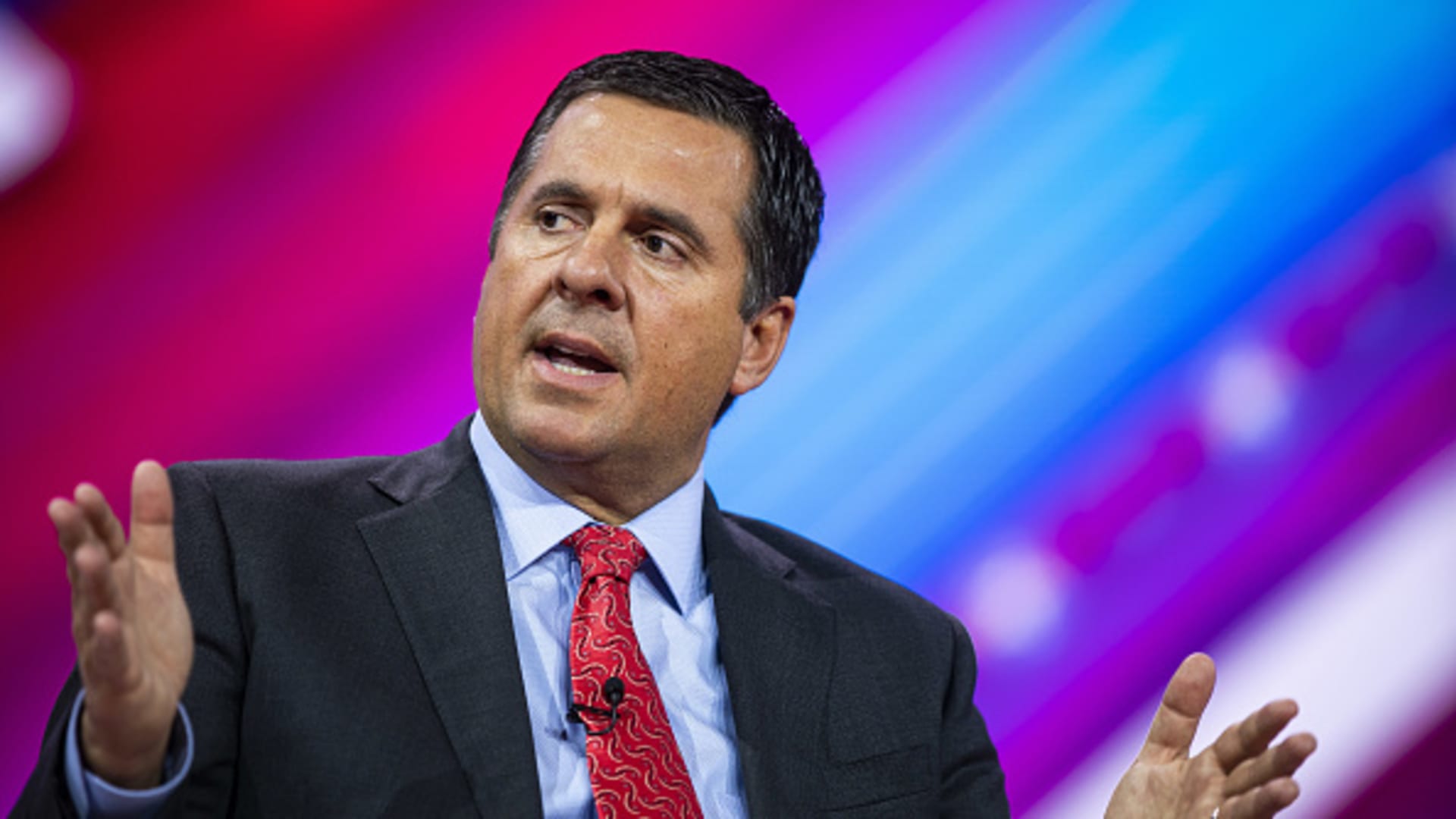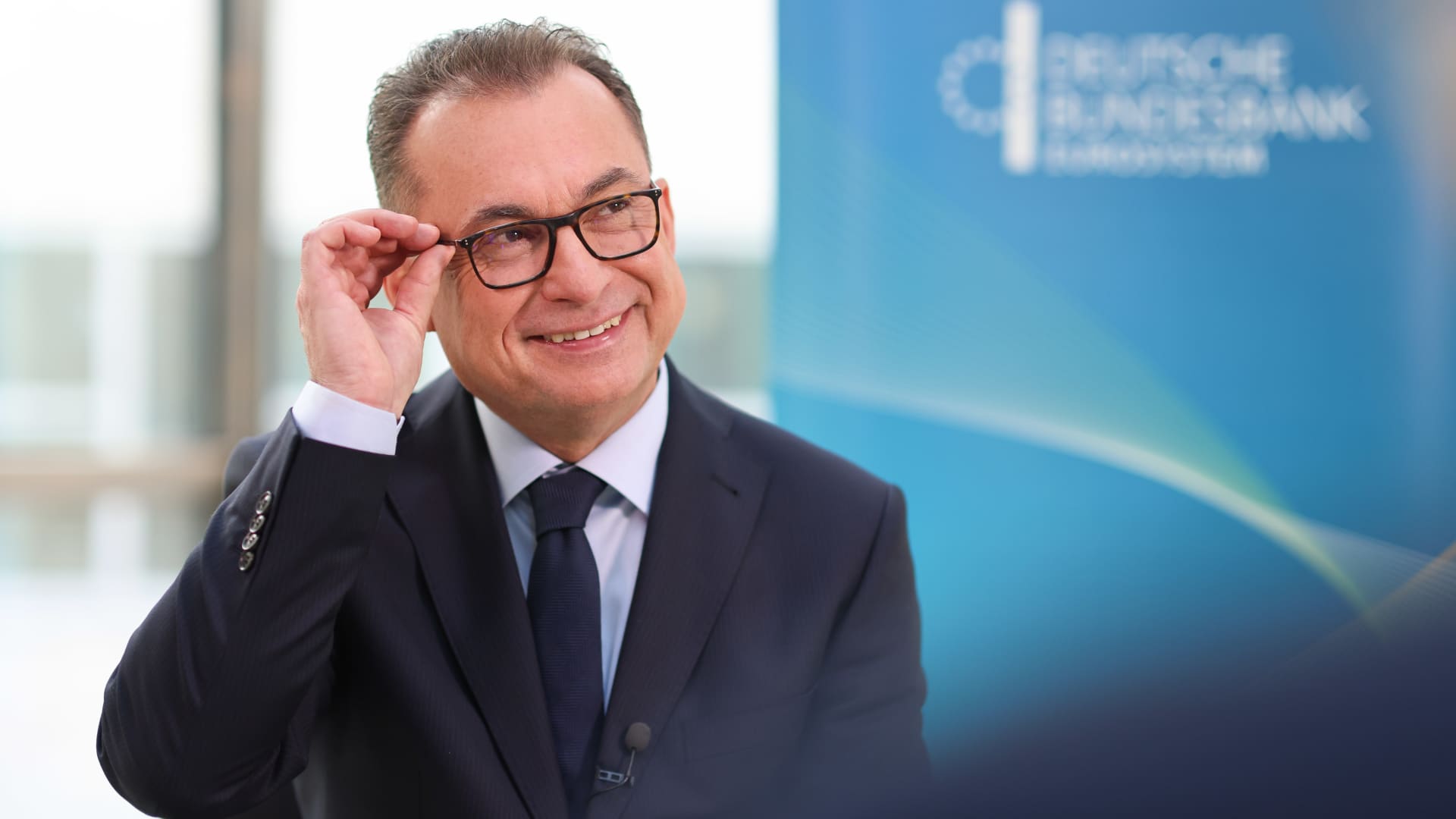
Hollywood and television have always shown great interest in things Catholic. From Bing Crosby and the Bells of St Mary’s, through Father Mulcahy in “M.A.S.H.” and Mark Wahllberg in “Father Stu,” audiences have shown great interest in the Catholic priesthood and, by extension, the Catholic Church. The so-called Catholic vote is courted every four years by the people who want to succeed George Washington and nothing has gotten more attention than the sexual abuse of minors by Catholic priests and others. Even among non-Catholics, there is an interest in things Catholic and the impact of the Catholic Church, for weal and for woe, on society.
When Angelo Giuseppe Roncelli became Pope John XXIII in 1958, his election made headlines around the world. Because he was an old man by ‘50s standards, expectations were very low that he would do very much in the few years that he had left. Following the World War II pope, Pius XII, the cardinals did not think he would be around for too long. He surprised everyone and convened a worldwide meeting of bishops to do a deep dive on what the church should be doing in the latter part of the 20th century. The result was the Second Vatican Council that brought enormous change to the Catholic Church around the world. Most notable was the council’s condemnation of antisemitism and its openness and appreciation for other faith traditions.
The Second Vatican Council took place in Rome from 1962 to 1965 and got some decent coverage in the secular press. For the most part, its significance would not be felt for many years thereafter. There was no cable news or 24/7 news cycle, so most people were somewhat unaware of the seismic shifts that would soon be taking place in the Catholic Church. Today, it is not an overstatement to say that Vatican II was the most significant event in Catholicism since the 16th century.
When Jorge Mario Bergoglio became Pope Francis in March of 2013, one of his first acts was to signal his intention to put a different face on the church. He wanted to build out the work of the Second Vatican Council by convening a special synod to look at the way in which the church functions. Synod is a churchy word to describe special meetings of bishops to focus on things like the family and youth. The synod that Francis had in mind would be something different. It would be a Synod on Synodality, a meeting to talk about how meetings should be conducted.
Pope Francis unveiled his plans for this new kind of synod in 2021. If the Second Vatican Council was the most important development in the Catholic Church since the 16th-century Council of Trent, the Synod on Synodality has the potential to be an even more important undertaking than its predecessors. It is already changing the ways that bishops meet in Rome. Non-ordained participants, including women, are voting members of the synod. Every conceivable issue is on the table. Nothing is taboo. More than 700,000 people have already participated in meetings leading up to last October’s first session. All 365 participants are meeting at round tables where everyone has an equal voice and vote. The overarching goal is to find common ground through a carefully orchestrated process that balances truth and love in search of unity.
British theologian Fr. Timothy Radcliff has become the effective spiritual director for this massive undertaking and has described this synod as the most significant experience of listening that the world has ever known. The second and final session of the synod will convene in October for another three-week session and will be receiving input from all over the world in response to the report that was made available after the first session.
Uppermost on the agenda for October is the place of women in the church, who are systematically left out of decision-making processes. Should women be ordained priests or deacons? Should the 12th-century imposition of celibacy for priests be abolished? How should the church deal with ongoing accountability for bishops, priests, and deacons? Why are so few Catholics aware of Catholic social teaching that needs to be applied to the immigrant crisis? What needs to be done to root out clericalism? How can the church do a better job in welcoming people who feel marginalized?
The agenda for the October synod is a robust one. Its conclusions will be voted on by all the participants and presented to Pope Francis. After previous synods, the pope produced a response that was eventually implemented, where necessary, throughout the church. At the heart of the Synod on Synodality is contemplative prayer and the way each participant is invited to put aside personal agenda, listen to one another, and search their souls for what God wants for God’s church and God’s people.
Msgr. Paul V. Garrity is a senior priest of the Archdiocese of Boston and former pastor of St. Mary’s Parish and School in Lynn.
24World Media does not take any responsibility of the information you see on this page. The content this page contains is from independent third-party content provider. If you have any concerns regarding the content, please free to write us here: contact@24worldmedia.com
Latest Posts

Citadel Securities blasts Trump Media CEO over DJT short sale letter

Language AI Pioneer DeepL Targets APAC Businesses With Pro Translation Options

London trio eyeing deal for Premier League striker

ECB June rate cut looks increasingly likely but still caveats: Joachim Nagel
Liverpool tracking Egyptian winger Omar Marmoush

Tech Worker Salary Growth in Australia Has Normalised

Peloton removes free app membership

Learn How to Code and Get Microsoft Visual Studio for Only $54

Man Utd make transfer decision on injured striker

A nutritionist shares her simple diet for optimal health

Arsenal set to lose highly-rated midfielder this summer

Can Microsoft Copilot Write Simple SQL Commands for You?